





From unexpected gaming ventures to groundbreaking AI initiatives, March has been a whirlwind month of innovation and intrigue. Learn what’s been making the news in the world of digital this past month.
Several unexpected brands have dipped their toe into the world of gaming over the years. KFC’s decision to release a gaming PC turned some heads, and Ralph Lauren’s collaboration with Fortnite was certainly not on anyone’s prediction list. LinkedIn’s announcement that it will be adding puzzle-based games to its platform, though, is an interesting twist.
For most people, LinkedIn is a place to find jobs, see what your coworkers are up to and update your CV. Gaming is the last thing people associate with the platform, and yet, LinkedIn believes this change will increase user engagement and facilitate networking.
This pivot into gaming might seem like a strange decision, but puzzle-based casual games have seen tremendous growth in the past few years. After acquiring Wordle, The New York Times says the game still brings millions of users to their website, so perhaps LinkedIn are hoping this addition will boost traffic to the social platform. And if the draw of games alone isn’t enough, maybe some healthy competition is, as the platform aims to rank players and allow them to compete against other companies.


YouTube has introduced a new tool in its Creator Studio requiring creators to disclose when realistic content – or anything that could easily be mistaken for a real person, place or event – is altered, or made, with generative AI.
This new label, which aims to strengthen transparency and help build trust between creators and viewers, is part of YouTube’s wider initiative to take a more responsible approach to AI.
The label won’t apply to videos in which generative AI was used for content ideas (scripts, captions, etc.), in scenarios where the media is unrealistic (think: cat riding a unicorn), or where changes are insignificant, such as filters or effects.
Affected videos will have a label in their expanded description identifying they were created with generative AI, with content with more sensitive topics having an even more prominent label. If content creators fail to add labels where required, YouTube will step in and add them themselves.
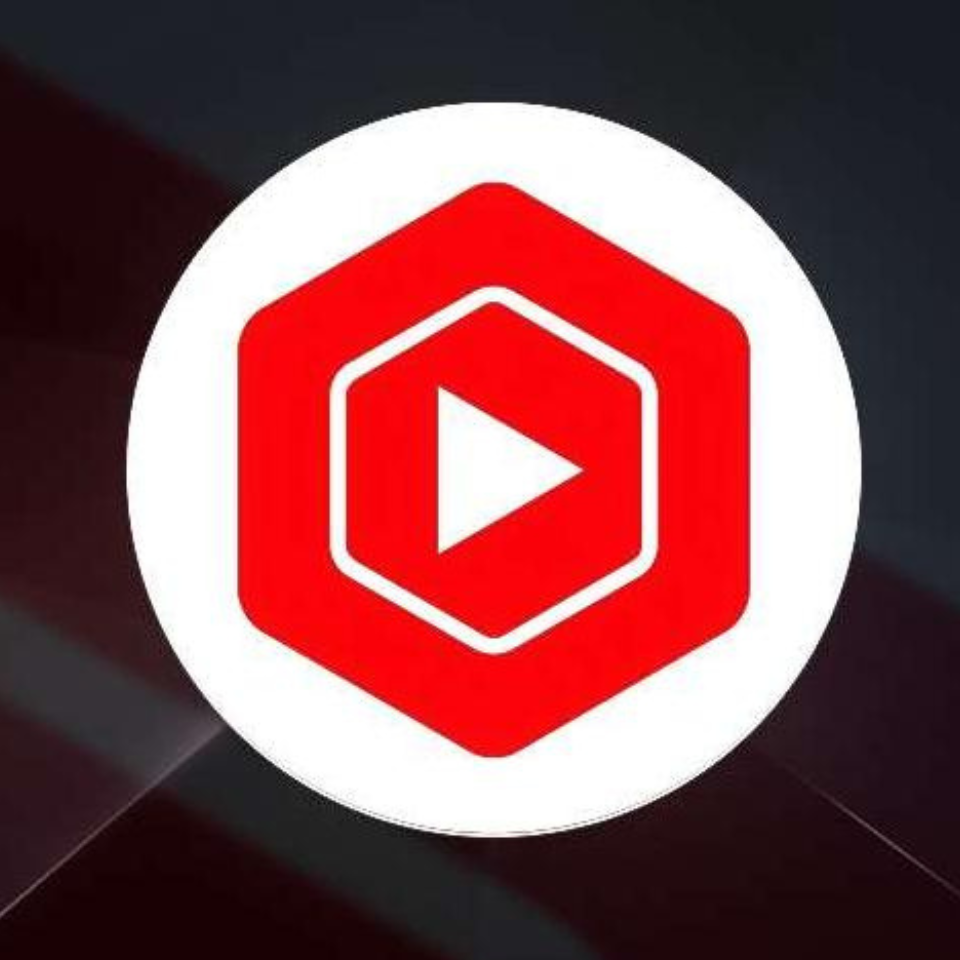

It’s bad news for US-based people who live and breathe TikTok this week (but potentially fantastic news if you’re looking for ways to lower your screen time) as the House of Representatives has passed a bill that could result in a nationwide TikTok ban.
The platform has been in the spotlight over the past year due to data privacy issues and concerns over the Chinese Government’s influence over the app’s parent company (you might remember these viral videos of TikTok’s CEO, Shou Zi, answering some pretty strange questions a few months ago).
Following the bill, the app will be banned unless ByteDance, TikTok’s Chinese parent company, sells its controlling stake within the next six months. TikTok’s CEO claims the platform has made considerable efforts to secure user privacy and says the platform was not vulnerable to outside manipulation or influence. He warned that the potential ban on TikTok would harm competition in the social media space and put thousands of careers at risk.
The bill received bipartisan support but will still need to be passed by the Senate, and later be approved by the president, to become law. For now, users and content creators have rallied against this move, organising protests outside government buildings and urging others to contact their representatives to reverse this law.

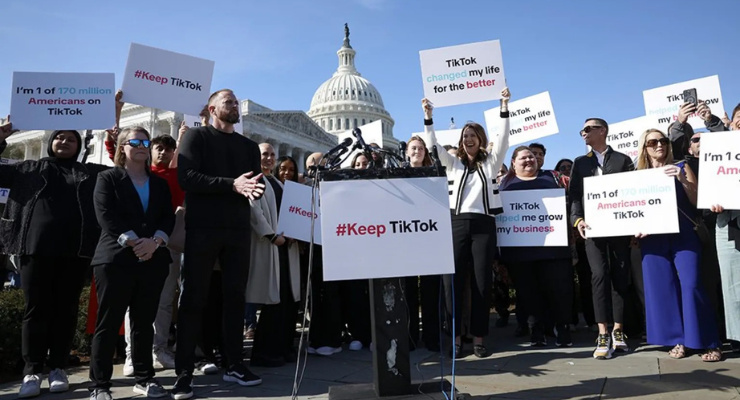
Video content has been getting shorter and shorter over recent years, with people’s attention spans getting ever harder to capture, but recent moves by social platforms suggest that longer form videos could be making a comeback.
Instagram announced this month that it’s testing longer reels in a bid to maximise engagement, with some users reporting they can upload 3 minute videos in the app, an increase from the current 90 second limit.
This type of content is also the trend of the moment on TikTok, as it looks to provide more content to keep people engaged. The video platform even launched a new Creator Rewards Program this month, which provides cash incentives for users who upload longer video clips.
In addition to increased platform engagement, longer reels provide more monetisation opportunities through in-stream ads, so it’s no wonder social platforms are welcoming the change. But with people more conscious than ever of their screen time, do we really want more reason to be on our phones? One way or another, it’s happening.


For a long time, brands have had huge success marketing on social media, with Instagram providing the sole marketplace for many small and independent vendors, but is it over now?
According to a new Hootsuite study, many users are getting tired of brands marketing on social platforms. Based on their findings, 59% of people who follow brands on social media think there’s too much advertising, and more than half (52%) say self-promotional brand content is exhausting.
In a recent study by the social media toolbox company 6,026 consumers were asked what they like and dislike about brands’ interactions on social media. Clickbait, repetitive or inauthentic content, and items that don’t appeal to users came out as the biggest reasons why brands are unfollowed, and results showed that consumers (specifically Baby Boomers) don’t want brands to post about politics, policy or religion.
So what do consumers want? According to the study, learning something, being made to laugh, and being inspired are top of the list, as well as desire for brands to lean into what they represent and reflect relevant cultural events

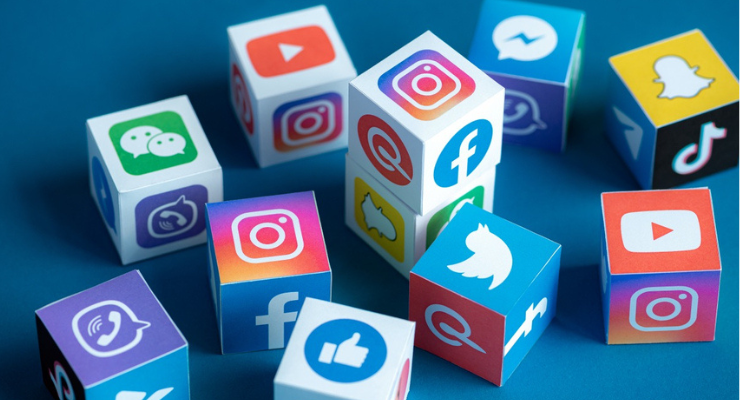
If there was a race to use AI for good, Breast Cancer Now would be leading the charge. The charity’s recent campaign uses AI to create memories of things that have not yet happened for people living with incurable secondary breast cancer, to shine a light on the importance of their research and the ways it can help those living with the disease to reach these future moments.
Created by BMB, in collaboration with Untold studios, the campaign took place at London’s Saatchi Gallery, where a series of portraits were shown alongside AI-generated images depicting future scenarios, from ballet performances to world travelling.
Speaking to Campaign, Untold said “It’s so important that we use AI for good, in this case to raise awareness of Breast Cancer Now’s incredible work. The aim of this project is to provide a sense of hope for people experiencing or affected by breast cancer, and we’re proud to have played a role in bringing it to life”.
Whilst the exhibition itself only remained in the gallery for a couple of days, a documentary will be released on the charity’s YouTube channel, including short films for each person featured in the gallery, and social media content is running until the end of the month.

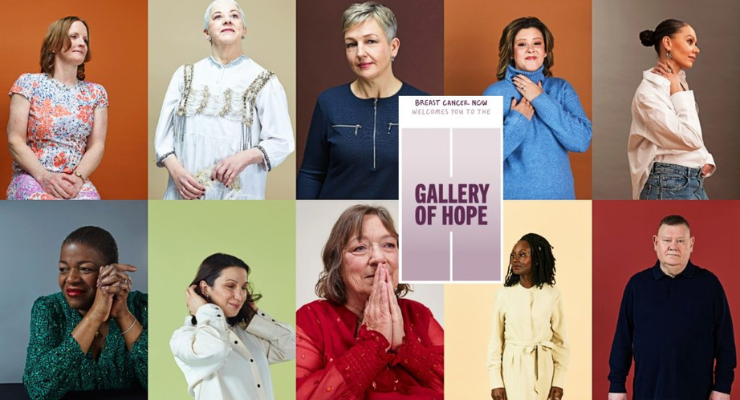
Innocent Drinks have launched an immersive campaign called ‘We love the Underground’ to promote soil health, inspired by their Farmers Innovation Fund which provides grants to support regenerative farming projects.
The campaign, in collaboration with London Underground, features digital ads at Elizabeth Line stations, creating an illusion that people are travelling down through the soil as they descend the escalators, and offering free seeds to commuters via QR codes.
By taking commuters ‘underground’, the campaign aims to highlight Innocent Drink’s commitment to sustainable investment in their supply chains, and Innocent hopes to inspire commuters to learn more about the importance of healthy soil for producing food and helping the environment.
Want to take a closer look? For those travelling in and out of London, the campaign can be seen across escalators on the Elizabeth line stations at Bond Street, Tottenham Court Road and Farringdon.
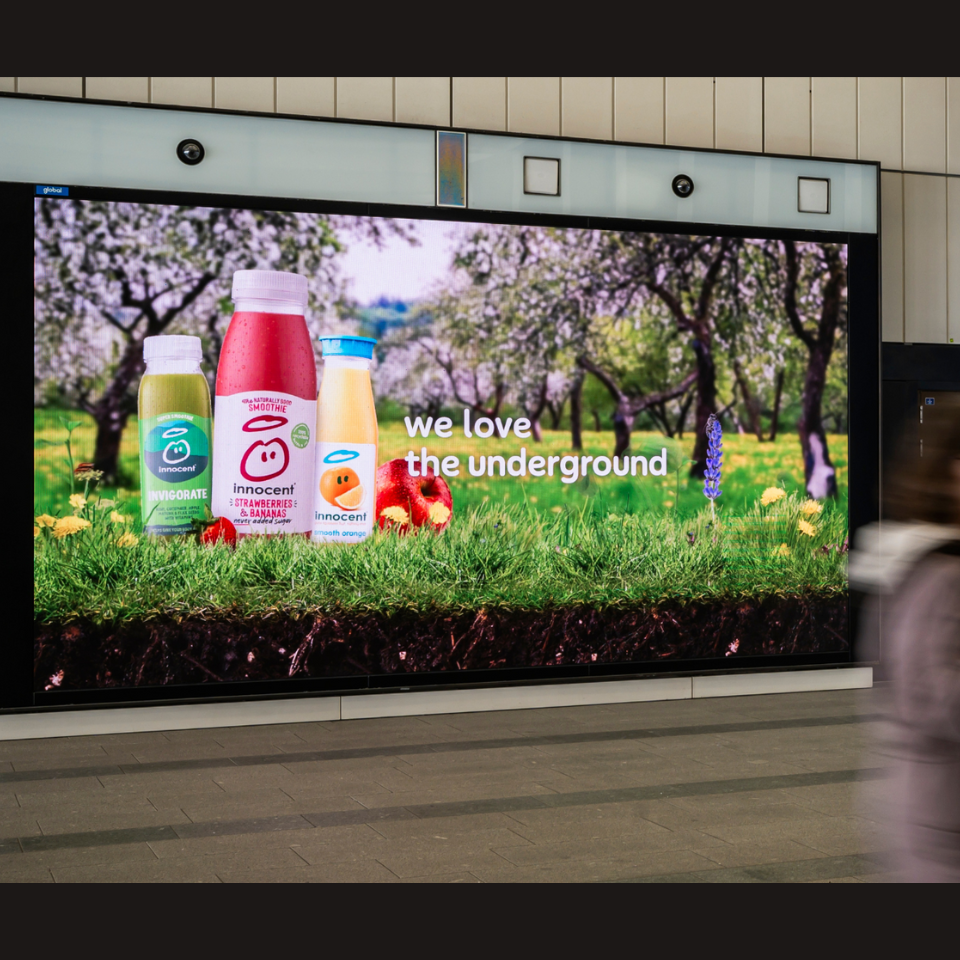
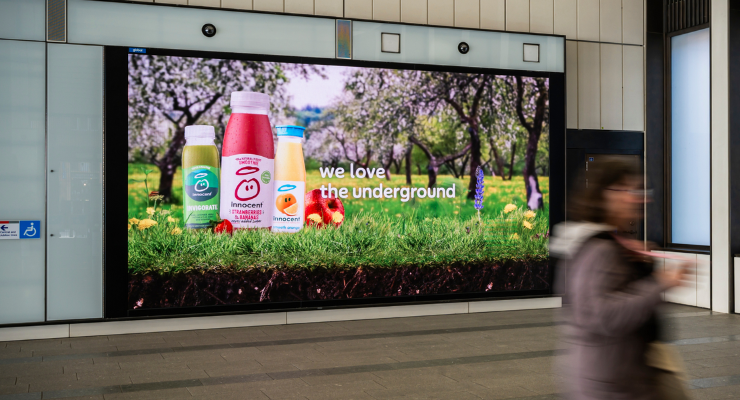



Our dedicated team dives deep, delivering relentless value and aligning digital solutions with your goals in a way that guarantees success
Learn more